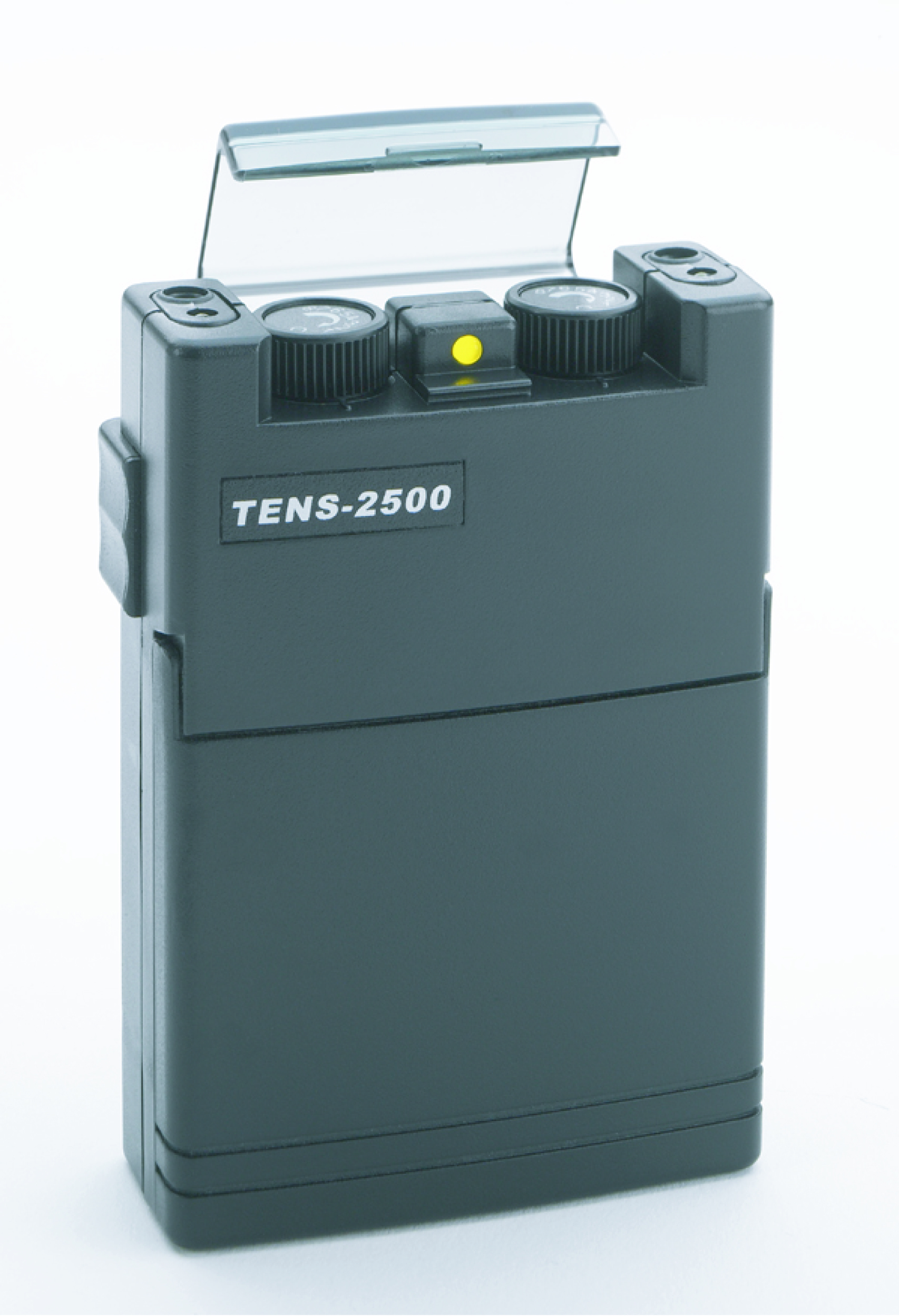.jpg) Tens machines (pain machine), tns machine, basically exist in either of two forms, analog or digital. Almost all units have 3-4 major components to use to control pain. Those are:
Tens machines (pain machine), tns machine, basically exist in either of two forms, analog or digital. Almost all units have 3-4 major components to use to control pain. Those are:
* rate ( how many times the machine goes off and on per second - generally 1- 150 times)
* width ( when machine comes on how long does it stay on - measured in millionths of a second, and most tens units stay on from 50 to 350 millionths of a second)
* amplitude - power ( how much amperage/wattage being used so patient feels some sensation)

As long as those three controls exist then the units are pretty much the same but you want each of the above to be able to change independently by the patient. After those conditions are met then it becomes a choice of size, and for many what type display they want.
A digital display in a tens machine is simply a screen and as the buttons are pushed the picture on the screen changes and the patient can view what is changing. As an example if the patient pushes a button to go from a new "rate" to a new "width" the screen will show width on it and rate disappears. This is nice but for many the screen on the pain machines are too small and not easily seen so the patient does not want digital since the patient may not be able to see the small screen. Also many elderly patients were not brought up using digital devices so they prefer to use what they are familiar with, buttons to turn left and right to turn on, off, and adjust.
An analog tns machine is simply the same controls but the same results are accomplished by turning knobs, not pushing buttons. Analog tens does not have a screen and the patient simply turns the know and feels the difference. An example is a TV where for sound the patient is not interested in a note on the screen saying the volume is being turned up but they just want to hear the sound without being told the sound was turned up. The turning of the knob increases the volume and that is sufficient. Many older patients have used analog devices all their lives and that is their preference in a tens unit.
Of course most patients prefer small, easily carried units since tens is designed to be worn and carried on the body so size is important.


